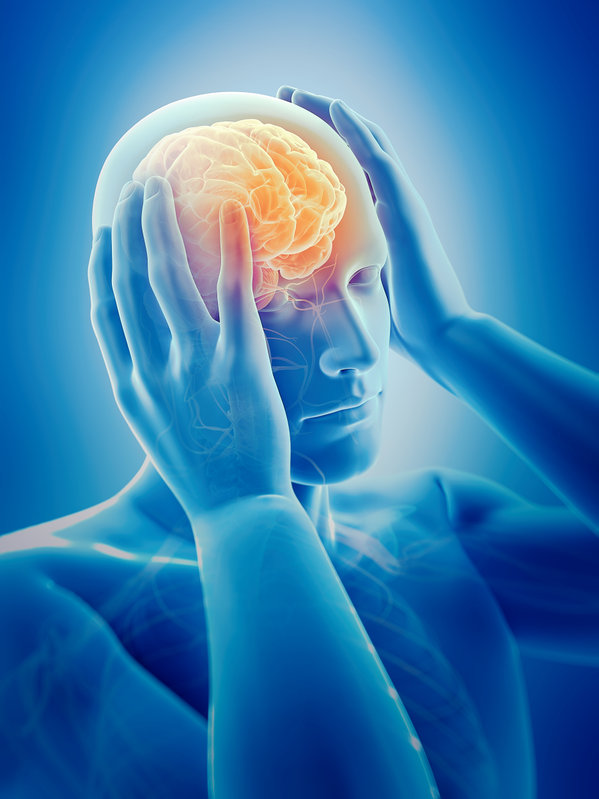This post continues our conversation about headaches in the correctional environment with a discussion of Secondary Headaches. Remember secondary headaches are caused by another disorder.
Secondary Headache
Subdural hematoma
A subdural hematoma can be chronic or acute. A chronic hematoma may be present and may get significantly large before the patient begins to have head pain. Acute subdural hematoma is typically associated with head trauma and may cause headache and loss of consciousness.
Generally, the headache caused by a subdural hematoma is dull and aching. It may be intermittent initially, and then over days to weeks, it becomes constant and more painful. The patient’s history includes some type of head trauma, either recently or in the past. Elderly patients may have mental status changes prior to the onset of the headache.
Subarachnoid Hemorrhage
While most often associated with head trauma, subarachnoid hemorrhage may also be spontaneous, caused by a ruptured aneurysm, vascular malformation, uncontrolled hypertension or hemorrhagic disease. Individuals who smoke are at greater risk than those who don’t smoke, and the most typical age for spontaneous Subarachnoid Hemorrhage to occur is between 50 and 60 years old. The pain of a subarachnoid headache is acute and severe, often described as a thunderbolt hitting the head. Other descriptions include “the worst headache of my life.” Patients report that lying down exacerbates the pain. Nausea and vomiting may be associated with the headache, and if unidentified and left untreated, the patient may exhibit rapid deterioration of neurological function. This is a true emergency that requires immediate transport via the Emergency Medical Services team.
Meningitis
Meningitis may be caused by bacterial or viral infection that leads to inflammation of the central nervous system. Meningitis may be acquired through community contacts, post-trauma, aseptic, carcinomatous, or transmitted through another bodily source. The headache of meningitis is diffuse and throbbing, and severe. Associated signs and symptoms include fever, photophobia, nausea and vomiting, and nuchal rigidity. Patients with meningitis may deteriorate quickly and exhibit seizures, delirium, and coma. The neurological examination of a patient with meningitis may include a general toxic-looking appearance, lethargy and altered mental status, nuchal rigidity, contracted and sluggish pupils. Patients suspected with meningitis should be transported to the emergency department via Emergency Medical Services for further evaluation and treatment.
Chiari Malformation
There are three types of Chiari Malformations – Type I, Type II and Type III. Chiari I is typically seen in adults and is associated with occipital headaches. Its signs are more often transient, and is usually misdiagnosed initially. Chiari II is generally diagnosed in children with open neural tube defects and in adults with undiagnosed spina bifida occulta or untethered cord. Chiari type II is rare and diagnosed in infants, and usually has a poor prognosis. The headache associated with Chiari Malformation is described as persistent in the occipital region and may radiate diffusely in the head or specifically behind the eyes. The patient may also describe pain at the base skull or the neck; dizziness/disequilibrium; tinnitus; decreased hearing; numbness/paresthesia; extremity pain; extreme fatigue; difficulty sleeping; difficulty swallowing and voice hoarseness; and altered memory and difficulty concentrating. The headache is triggered or worsened by the Valsalva maneuver or with flexion/extension of the neck.
In our next post we will continue our discussion of Secondary Headaches.
This series of posts about headache is based upon The Correctional Nurse Educator class entitled Headache for the Correctional Nurse.
Please share your experiences caring for patients with a complaint of headache in our comments section below.

Leave a Reply